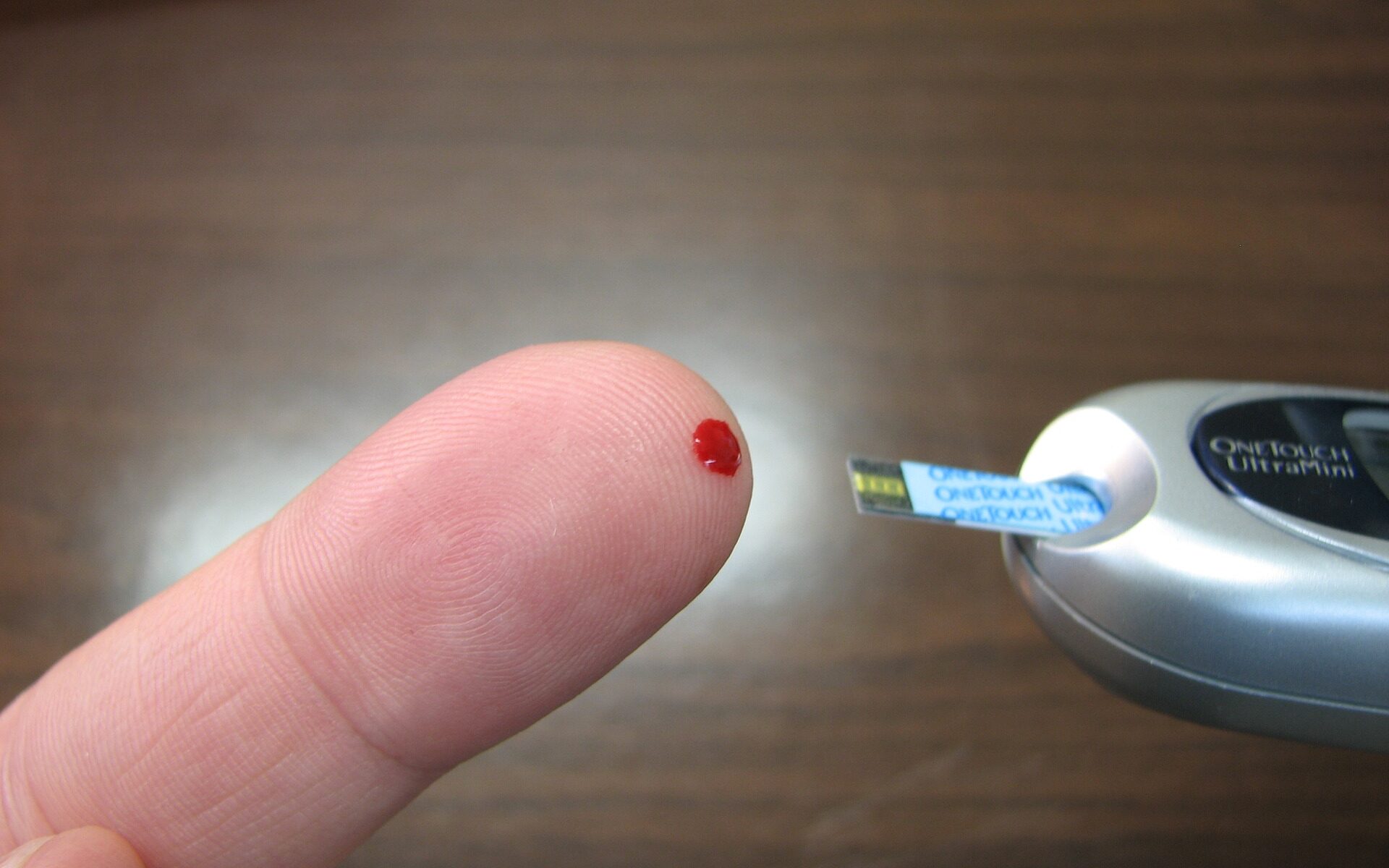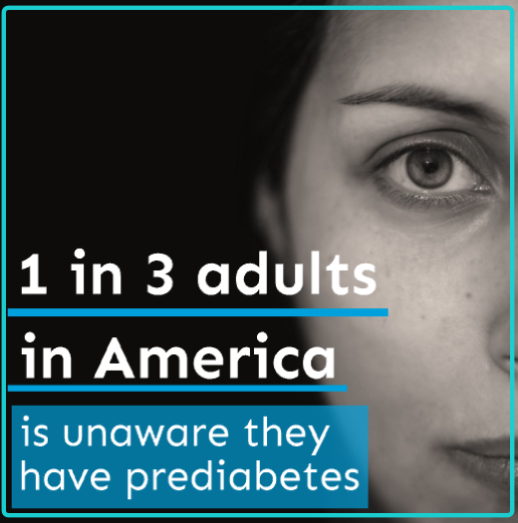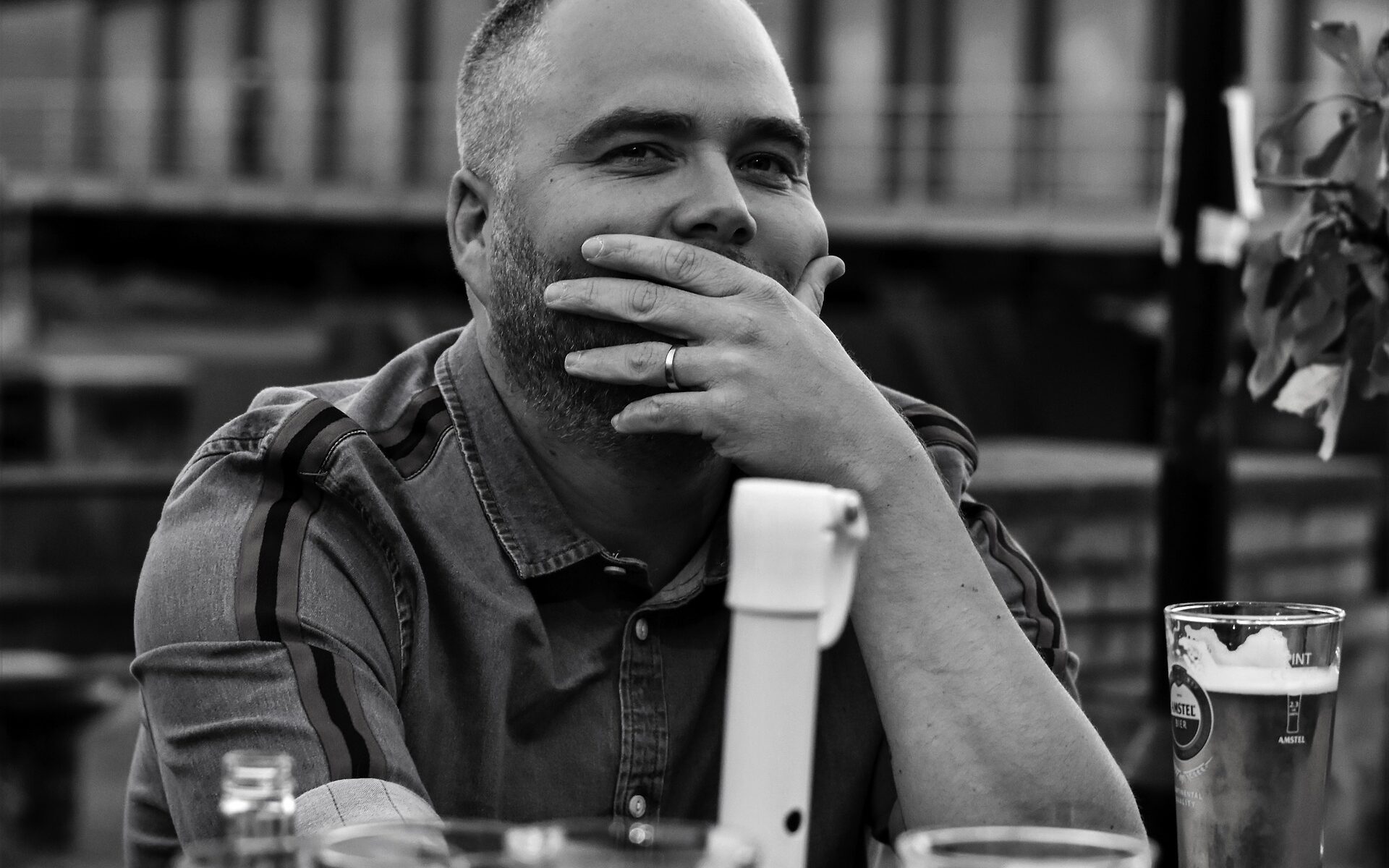Yulia Brockdorf, RD, LD, CDE, CST,
MA, NCC, LPC, BC-ADM, is the Clinical Director
of Nutrition For Success, LLC.
Ms. Brockdorf is a registered
dietitian, a licensed dietitian, a certified diabetes educator, and a certified
sex therapist. She holds a master’s degree in clinical mental health counseling
and is a national certified counselor and licensed professional counselor, as
well as holding a board certified—advanced diabetes management credential.
In her spare time, she serves as chair of the Oregon Board of Licensed
Dietitians, counsels patients to explore and move through their relationship
with food and nutrition, and sits on the Editorial Board for Multinational
Association of Supportive Care in Cancer Journal and the Research Advisory
Board with the Community-Academic Consortium for Research on Alternative
Sexualities.
When asked if she would answer some questions about prediabetes
and food, she said, “Sure, send them over!” She took time after work and
between patients to provide thorough responses, and that valuable
information is what follows.
What’s the difference between an RDN (Registered
Dietician Nutritionist) and a CDE (Certified Diabetes Educator) when it
comes to the dietary needs of a prediabetic?
A registered dietitian nutritionist is a professional who
has an in-depth knowledge and training that pertains to all areas of human
nutrition, as well as medical nutrition therapy in treatment of the disease.
A certified diabetes educator is a licensed healthcare provider who
demonstrated competency and experience in treating, educating and
supporting people with diabetes. This can be a licensed nurse,
dietitian, pharmacist, physician, psychologist or another licensed
provider (please see page 4 here).
A certified diabetes educator is required to meet nutrition
competencies standards. However, their knowledge of nutrition is often not as
in-depth as is that of a registered dietitian nutritionist.
When it comes to intricacies and nuances of applying
nutrition recommendation, standards of practice, and latest research in
practical everyday life, meeting with a registered dietitian nutritionist who
is also a CDE may be beneficial for a patient.
Do you consider them equal in their expertise when it comes to
instructing prediabetics on food choices?
While some providers who are CDEs
gained the knowledge and mastered a sufficient skill set, in general, since
there are so many professions that are eligible to become CDEs, not all will
have the in-depth training, understanding of nutrition, nutrition biochemistry,
and nutrition relationship between health and disease development, as most
registered dietitians do. A CDE is a diabetes expert and an RDN is a nutrition
expert, but most RDN training also includes an in-depth study of diabetes and
prediabetes prevention and treatment.
Should prediabetics visit an RDN or CDE to get guidance on their
prediabetes journey and if so, why?
Yes, they should. And oftentimes the
services of a registered dietitian are covered under health insurance as
preventive care. This may not be the case for all those who have CDE
certification.
What is your definition of the keto diet?
The classic ketogenic diet distributes macronutrients in a ratio
of 4-1. For each 4 g of fat, which accounts for about 90% of the total
calories, one consumes 1 g of protein (6% of total calories) and carbohydrate
(4% of total calories) combined, with protein being the more dominant
macronutrient of the two. It’s very seldom that this diet is implemented
in its classic form. And there are many variations of ketogenic diet
currently circulating online.
What are your thoughts on the ketogenic diet for prediabetics?
Research supports caloric restriction as a means of
prediabetes treatment. This may be accomplished with a ketogenic diet. I
would like to emphasize that we are discussing nutritional ketosis, not a
life-threatening diabetic ketoacidosis.
One of the outcomes of a ketogenic or modified ketogenic
diet is a reduction of circulating insulin and an increased cellular
responsiveness to insulin. A ketogenic diet can be successful in decreasing the
total glucose burden in the cells of the body.
If embarking on a ketogenic diet, I strongly urge
prediabetics to meal plan to ensure an adequate intake of fiber and
micronutrients which may be missing when carbohydrate-containing foods that
provide them are removed. Grains, for example, provide manganese, b vitamins,
fiber, magnesium, and phosphorus. I do not recommend implementation of a ketogenic
diet without the supervision of a trained professional.
What is your definition of a low carb diet?
This definition varies a lot from under 130 grams per day,
or under 100, or between 30-60 or under 40, or below 20 (now venturing into
keto world).
What are your thoughts on a low carb diet for prediabetics?
Decreasing carbohydrates does appear to have a benefit in
prediabetes.
Like any diet, carb restriction will lead to weight loss and
improved metabolic profiles. But research does not show that these benefits
have a long-term viability.
If prudent carbohydrate intake that is both nutrient rich
and portion controlled is incorporated into a long-term lifestyle change,
consumption of under 100 grams a day may be a sustainable practice.
I do not support long-term carbohydrate restriction, but
rather a reasonable carbohydrate intake. This number is individual for
each person with prediabetes.
Is there another way of eating, besides keto or low carb, that you
prefer to recommend to prediabetics?
The POUNDS LOST
study looked at four diets with fat, protein, and carbohydrate
distribution: 20, 15, and 65%; 20, 25, and 55%; 40, 15, and 45%; and
40, 25, and 35%. They concluded that reduced-calorie diets result in
clinically meaningful weight loss regardless of which macronutrients
they emphasize.
There has been a lot of research supporting the Mediterranean diet as a means to prevent diabetes and reduce blood pressure.
Plant-based diets were associated with significant improvement in
emotional well-being, physical well-being, depression, quality of life,
general health, HbA1c levels, weight, total cholesterol and low-density
lipoprotein cholesterol, compared with several diabetic associations’
official guidelines and other comparator diets. (BMJ )
Most recently, there is an increased surge in research
looking into various forms of fasting: intermittent fasting, restricted feeding,
etc.
A recent study published in the Obesity journal showed that
fasting not only improved postprandial glucose response (the blood sugar
after eating) but also fasting glucose. Do not attempt fasting on your
own without proper support. Long-term fasting may lead to death or
severe and dangerous complications such as refeeding syndrome.
Is it important to have a balance between carbs, proteins, and fats at
each meal or snack? Why?
It is important to consume balanced and nutrient-dense foods. Such
foods would be high in necessary micronutrients such as vitamins,
minerals, and various phytonutrients, while also delivering necessary
energy (in the form of protein, fat, and carbohydrate).
This balance is the balance of the whole lifestyle. While
each individual meal and snack can lean more toward one macronutrient or
another, overall balance of food consumed in a given day, in a given span of
time is important.
Including fiber will support a sense of satiety, and may
help with reducing cardiometabolic risks, as well as promoting gastrointestinal
health.
On the other hand, consumption of high fat and high
carbohydrate foods in one meal may have a deleterious impact on prediabetes. This
may result in an elevation of blood sugar, and this elevation may be sustained
over a longer period of time.
As far as the balance of carbohydrates, proteins, and fats, it’s
based on the lifestyle of a person and the advice of their healthcare provider.
The ratio may vary.
I do advise that whichever approach is chosen, this decision
is made on an individual basis and is sustainable as part of an overall healthy
lifestyle.
What are your top five general recommendations for those working to
reverse their prediabetes?
Don’t eat too much, and eat mostly plants
Exercise
Get enough sleep
Do things that bring joy to your heart
Spend time in nature and practice non-violence, respect, and
kindness toward self and others
Which online resources for prediabetes could you recommend and share?
Keto and low carb resources:
Diet Doctor
LCHF-RD
JAMA Network
Fasting resources:
The Fasting Method
Obesity: A Research Journal
Metabolic Health Summit
Cell.com
Plant based:
PCRM
Spectrum Diabetes Journals
Vegetarian Diets and Incidence of Diabetes
Does a Vegetarian Diet Reduce the Occurrence of Diabetes










